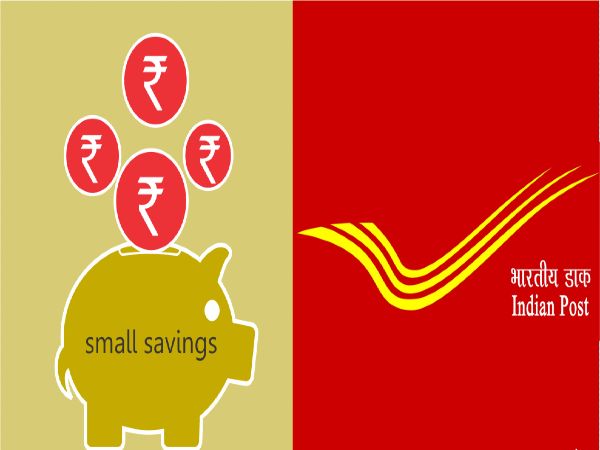How To Manage PPF Account Upon Maturity?
Public Provident Fund (PPF) is a government-backed debt investment vehicle that pays a quarterly adjustable rate of interest set by the government. When it comes to most popular long-term investments such as Equity Mutual Funds, National Pension System, Higher Return Fixed Deposits, Long Term Bonds and so on, the Public Provident Fund (PPF) is among the most popular risk-free options. PPF now has a compounded yearly interest rate of 7.1 per cent, which is much higher than the returns of leading bank FDs. It also has EEE status, which implies that the principal amount invested, the interest earned, and the money you get back at maturity are all free from taxation.
Individuals or minors can open a PPF account by making an initial deposit of Rs 500 up to a ceiling of Rs 1.5 lakh per year. PPF has a 15-year maturity period, but depositors can make withdrawals after 5 years if certain conditions are met, such as the account holder, spouse, or dependent children suffering from serious illness, the account holder or dependent children pursuing higher education, or the account holder changing his or her residency status. You have three alternatives once your PPF account matures. You can choose from one of these three options, which we'll go through briefly below.

Close your PPF account and withdraw the money
After completing the required 15 years of service, you can simply close your account and withdraw your funds. The amount of your investment, as well as any earned interest, can be withdrawn and the account can be closed by filing Form C and submitting it along with the account passbook at your concerned bank or post office. However, in the event of the account holder's death, the account will be closed, and the nominee or legal heir(s) will not be permitted to make further contributions. PPF interest will be provided until the end of the preceding month in which the account is closed if it is closed due to death.

Extend your PPF account without making fresh contributions
Upon the 15-year of maturity term, the PPF account holder can extend his account for a block of 5 years without making any additional contributions. You do not need to notify the post office or bank by submitting any forms if you decide not to make any fresh contributions to your PPF account once it matures. You can only withdraw once every financial year if you do not want to extend your PPF account. The maximum amount that can be withdrawn is 50% of the balance at the end of the fourth financial year or 50% of the balance at the preceding year, whichever is lower.

Extend your PPF account by making fresh contributions
In this case, the depositor should notify the post office or bank that they desire to continue their PPF account with new contributions by filing Form H with a minimum deposit of Rs 500. If the depositor does not file Form H, the PPF account will be considered irregular, and new contributions will not gain interest. The account holder will not be entitled for a tax benefit under section 80C of the Income Tax Act if the form is not submitted and contributions are made. However, in an extended account with contributions, one withdrawal is allowed every fiscal year, up to a maximum of 60% of the balance at the time of maturity in a 5-year block.

What should you do?
One of the myriad reasons why the PPF outperforms alternatives like the 5-year tax-saving bank FD is lock-in with a low-interest rate. Unlike fixed deposits of banks, where the interest rate is guaranteed for the duration of the deposit, the PPF interest rate is flexible and can fluctuate every quarter. This implies that if economic growth rises, the interest rate on PPF will hike as well, and your deposit will begin to provide a good premium. PPF is one of the finest solutions if you are a conservative investor searching for tax savings as well as a guaranteed return as well as the security of your deposit. When most leading banks are now offering 5.5 per cent or lower interest rates on their 5-year tax-saving FDs, the interest rate given on PPF is unquestionably attractive. If you are a long-term investor, a PPF account can help you establish a big tax-free corpus even after multiple extensions of your account. However, investors with a high-risk profile and having a higher tax-slab of 30% may diversify their holdings by keeping some of their money in debt instruments. PPF is a possibility for such investors if the investment is for a long-term objective, as it provides the needed safety, tax-free nature and excellent returns in the debt component.
































